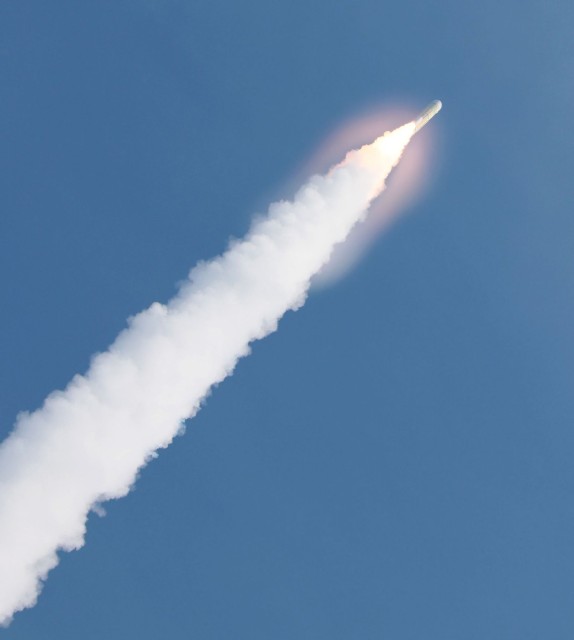
By Kyoko HASEGAWA
TOKYO, Feb 17, 2024 (AFP) – Japan’s space agency announced the successful launch of its new flagship rocket on Saturday, making it third time lucky for the H3 after years of delays and two previous failed attempts.
The H3 rocket, billed as flexible and cost-effective by space agency JAXA, “was put into orbit,” a JAXA official told AFP.
Developed jointly by JAXA and Mitsubishi Heavy Industries, the H3 is the successor to the H-IIA launch system, which debuted in 2001.
Cheers and applause could be heard from JAXA’s control center after the agency’s live stream announced the rocket’s engines had successfully burned, meaning it had made orbit.
Following previous failures, improvements were made to the ignition system of the H3, which carries two small satellites.
One of the microsatellites is expected to contribute to disaster prevention by taking pictures and movies.
The other, equipped with a sensor to detect infrared rays, is intended to detect the operation conditions of factories on the ground.
Separation of the microsatellites was also confirmed, JAXA’s livestream announced.
“We will keep analysing the sequences after successfully putting the rocket into orbit,” the JAXA official added.
The latest launch was postponed from February 13 due to bad weather.
“Postponement due to weather is the same as the situation a year ago, but this time I hope that we’ll be successful,” Masashi Okada, project manager of JAXA’s H3 rocket team, told reporters ahead of the launch.
“It is difficult to draw a clear line of ‘success’… but the main mission this time is to put (the rocket) into orbit,” he said.
Japan succeeded in landing its SLIM spacecraft nicknamed the “Moon Sniper” on the lunar surface last month, although the craft’s solar panels were facing the wrong way.
Before that, the country had suffered a series of space failures.
They included a failed H3 launch attempt in February last year — already delayed by several years — which was abandoned when the solid rocket boosters did not ignite.
Then, during a second attempt in March, the spacecraft was ordered to self-destruct when the command centre concluded its mission could not succeed.








